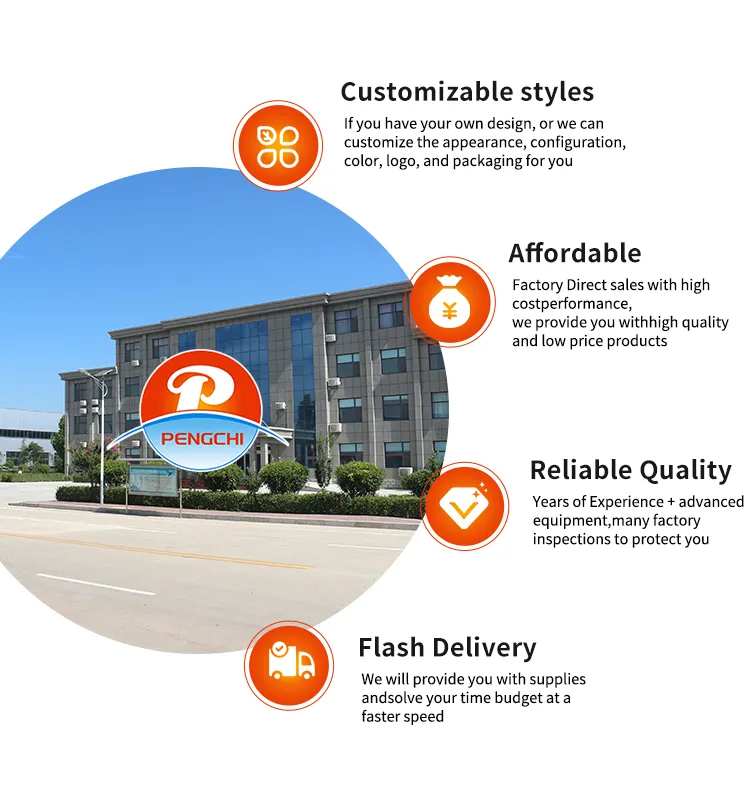
-
 Afrikaans
Afrikaans -
 Arabic
Arabic -
 Belarusian
Belarusian -
 Bengali
Bengali -
 Bulgarian
Bulgarian -
 Croatian
Croatian -
 Czech
Czech -
 Danish
Danish -
 Dutch
Dutch -
 English
English -
 Finnish
Finnish -
 French
French -
 German
German -
 Greek
Greek -
 hawaiian
hawaiian -
 Hebrew
Hebrew -
 Hindi
Hindi -
 Hungarian
Hungarian -
 Indonesian
Indonesian -
 irish
irish -
 Italian
Italian -
 Japanese
Japanese -
 Javanese
Javanese -
 kazakh
kazakh -
 Khmer
Khmer -
 Korean
Korean -
 Kyrgyz
Kyrgyz -
 Lao
Lao -
 Latin
Latin -
 Luxembourgish
Luxembourgish -
 Malay
Malay -
 Myanmar
Myanmar -
 Norwegian
Norwegian -
 Persian
Persian -
 Polish
Polish -
 Portuguese
Portuguese -
 Romanian
Romanian -
 Russian
Russian -
 Serbian
Serbian -
 Slovak
Slovak -
 Somali
Somali -
 Spanish
Spanish -
 Swedish
Swedish -
 Tagalog
Tagalog -
 Thai
Thai -
 Turkish
Turkish -
 Turkmen
Turkmen -
 Ukrainian
Ukrainian -
 Uighur
Uighur -
 Vietnamese
Vietnamese
Kas . 01, 2024 18:03 Back to list
A Guide to Choosing the Right Size for Children's Bicycles
Sizing Children's Bikes A Comprehensive Guide
Choosing the right size bike for children is crucial for their safety and enjoyment. A properly sized bike can enhance a child's cycling experience, while an ill-fitting bicycle can lead to discomfort, diminished confidence, and even accidents. As parents or guardians, understanding how to size children's bikes ensures that kids can ride safely and happily.
Importance of Proper Sizing
When a bike fits a child correctly, they can easily control the vehicle, maintain balance, and effectively use the brakes. A bike that is too big can be intimidating and difficult to manage, while one that is too small might hinder their growth and development in cycling skills. The right size bike will encourage children to ride more often, fostering a love for cycling and promoting a healthy lifestyle.
Measuring for the Right Size
To determine the appropriate bike size for a child, it's important to consider their height and inseam measurement. Most manufacturers provide a sizing chart that correlates a child’s height with the recommended bike size, usually indicated in wheel sizes. Common wheel sizes for children’s bikes include 12”, 16”, 20”, and 24”, each suited for different age groups and heights.
1. Height Measurement Have your child stand straight against a wall without shoes, and measure from the floor to the top of their head. This will give you the necessary height to reference against the manufacturer’s sizing chart.
2. Inseam Measurement To measure inseam, have your child stand barefoot with their feet shoulder-width apart. Measure from the ground to the highest point of their crotch. This is crucial because it determines whether they can reach the ground while seated on the bike.
sizing children's bikes

Choosing the Right Type of Bike
Children’s bikes come in various types, including balance bikes, training-wheel bikes, and single-speed bikes. Balance bikes are ideal for very young children, as they promote balance and coordination without the need for pedals. As children grow more confident, they can transition to pedal bikes, often equipped with training wheels initially to help them stabilize.
Once they outgrow the training wheels, consider bikes that focus on single-speed gearing, allowing kids to concentrate on mastering their pedaling and balancing without getting overwhelmed by complex gear systems.
Test Rides and Adjustments
Once you have selected a bike, it's vital to allow your child to test ride it. When seated on the bike, they should be able to touch the ground with the balls of their feet, providing a stable foundation. Additionally, they should be able to reach the handlebars comfortably without overextending their arms.
Moreover, making minor adjustments can greatly enhance comfort; for instance, adjusting the seat height can often make a significant difference in how confident a child feels while riding.
Conclusion
In conclusion, sizing a child's bike is a fundamental step in ensuring they have a safe and enjoyable cycling experience. By understanding the importance of proper sizing, taking accurate measurements, choosing the right type of bike, and allowing for test rides, parents can help their children enjoy the thrill of cycling while promoting confidence and safety. Investing time in selecting the right bike will pay off with countless hours of fun and adventure on two wheels!
-
Red Black BMX Bike with GPT-4-Turbo AI Tech
NewsJul.31,2025
-
New Red Anti-theft E-Bike | Easy Ride City Commuter
NewsJul.31,2025
-
BMX 20 Inch Bikes for Freestyle & Street | Fat Tire Options Available
NewsJul.30,2025
-
322 High Quality 26 Inch 21 Speed Adult Mountain Bike OEM MTB
NewsJul.29,2025
-
Specialized Kids Mountain Bikes - Safe, Durable & Fun Riding Experience
NewsJul.29,2025
-
Little Kids Mountain Bike - Lightweight Bikes for Young Riders
NewsJul.29,2025

